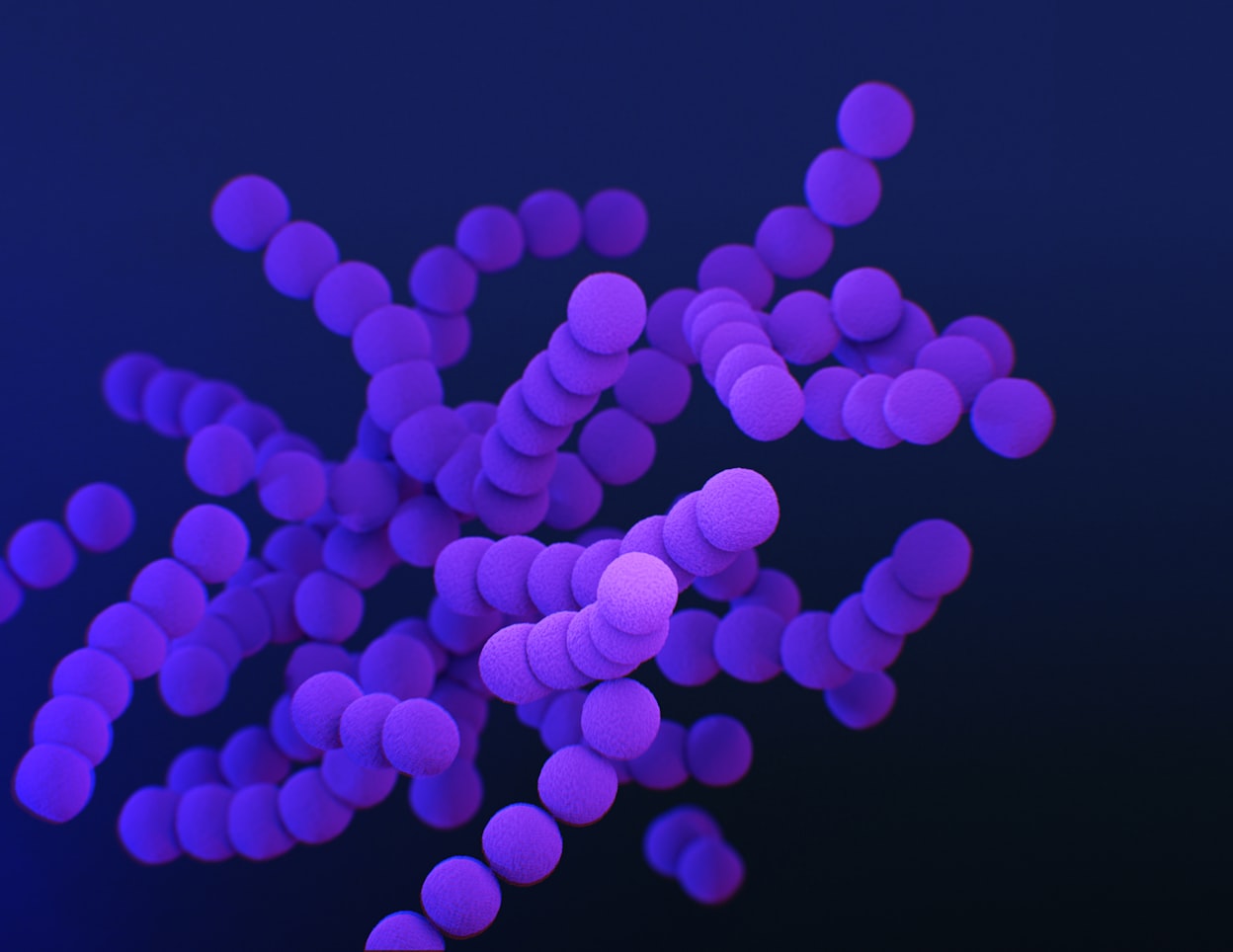Designing Drugs To Fight off C. Diff Infections
A study published by PNAS explains breakthrough research around designing drugs that target C. diff bacterial infections that result in 15,000 deaths in the U.S. annually. The bacterium is potentially fatal as a result of severe diarrhea, nausea, and internal bleeding.
“The most dangerous strains of C. diff release a binary toxin that first binds to cells and then creates a pore-forming channel that allows the toxin to get inside and do harm,” said Amedee de Georges, the study’s principal investigator and a professor with the Advanced Science Research Center at The Graduate Center, CUNY’s Structural Biology Iniative. “We were able to combine several increasingly popular biophysical imaging techniques to visualize and characterize every atom of this binary toxin and show us where they are positioned. These details provide a critical and extremely useful starting point for designing drugs that can prevent C. diff infection.”
The overuse of antibiotics has placed hospitals at risk for acquiring C. diff and made some strains of the bacterium resistant to most treatments. However, recent research indicated that a toxin released by the most dangerous strains of C. diff might serve as the road map to producing new drugs. The wrok was not possible without modern research tools including a combination of cryogenic electron microscopy, X-ray crystallography, nuclear magnetic resonance, and small angle X-ray scattering.
“We observed two similar but distinct forms of the C. diff toxin — one where we see the pore-forming channel and one where it is invisible,” said the first author, Xingjian Xu, a Graduate Center, CUNY Ph.D. student and a researcher in de Georges’ lab. “This gives us clues as to how to prevent the formation of the channel and stop the bacteria from entering the cell.”
Learn more about C. difficile infections:
Source: Advanced Science Research Center









